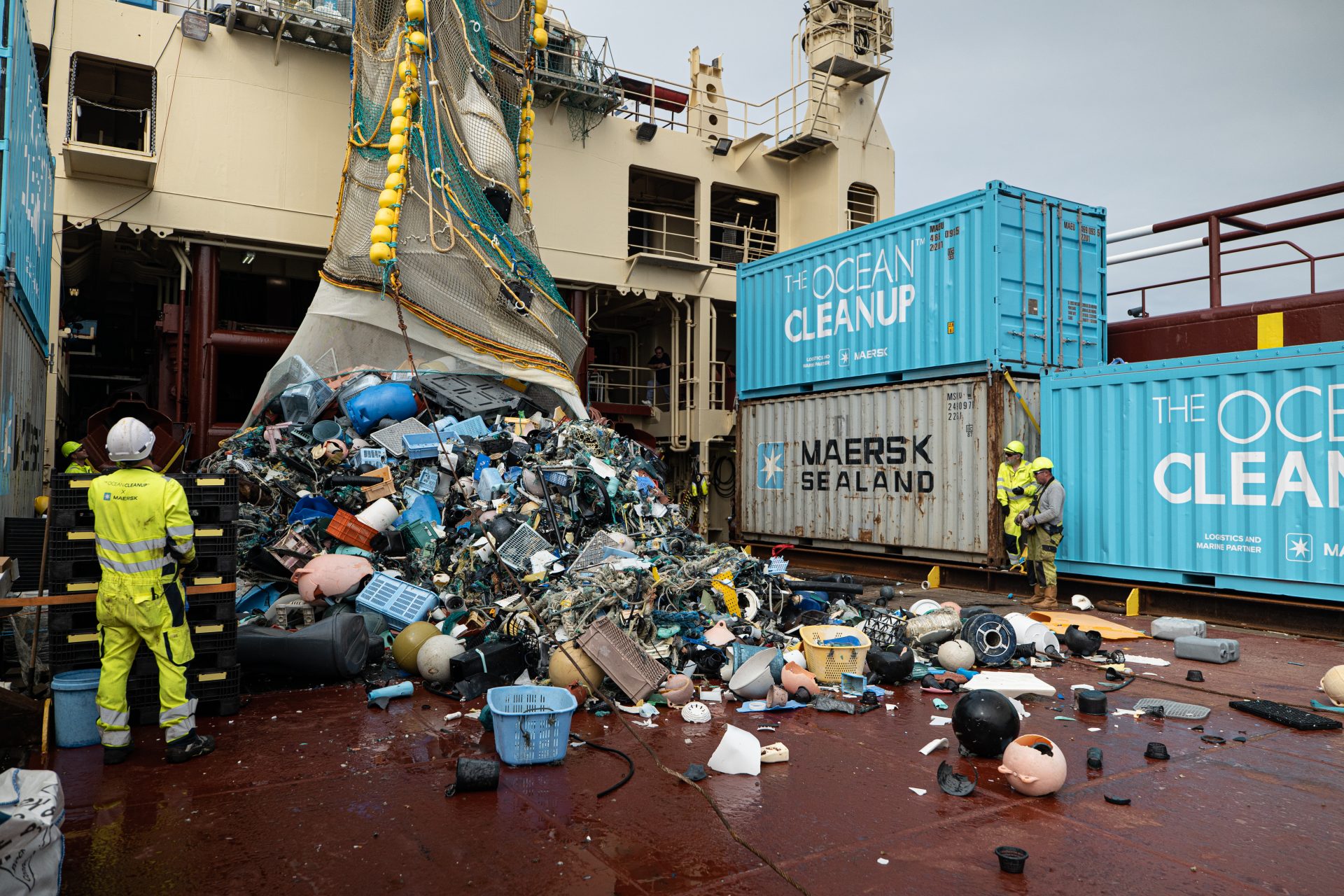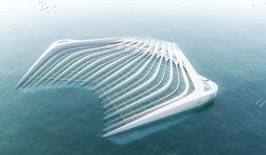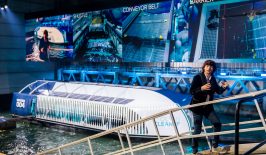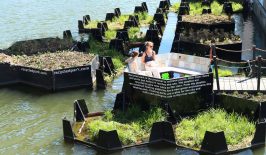Few entrepreneurs have constantly appeared in the climate news headlines as Boyan Slat – the young Dutch engineer behind the Ocean Cleanup project. Since 2013, he has headed up one of the most visible, and ambitious, non-profit projects of recent years: cleanup the vast, and quite frankly embarrassing, Great Pacific Garbage Patch.
His youthful drive and determination soon earned him an impressive haul of funding, bringing in 2.2 million USD from over 38,000 individual donors. Unfortunately, headlines – including some of our own – soon turned a little sour. By the end of the decade, despite inspirational talks and pilot projects, the prospect of cleaning up the ocean of plastics still seemed over the horizon. In 2019, the Ocean Cleanup crew tested out System 001 – ‘Wilson’ – first in coastal waters and then on the patch itself. Unfortunately, under field conditions, the system – a u-shaped inflatable tube pulled by two boats – did not stand up to task. Plastic routinely escaped from its grip, while eventually the strain of the seas eventually caused part of it to become dislodged.
However, such expeditions were only ever devised to be test runs, and despite the failure of the system, the Ocean Cleanup gained reams of valuable information.
Enter System 002, also known as ‘Jenny’ (is anyone else detecting a Tom Hanks-inspired theme to these naming conventions?). Jenny is a 800-metre long inflatable tube largely based on the technology of System 001 and the upgraded 0001/B. In July 2021, Jenny embarked on a three month trial in the Great Pacific Garbage Patch, once again being towed by a pair of Maersk-provided tugs. After completing her trial without a major hitch, in late 2021, the Ocean Cleanup announced the results, and final haul of trash gathered. All told, Jenny was able to drag in 28,659 kilograms of plastic waste, 95 percent of which the Ocean Cleanup hope to recycle.
The success of System 002 seems to have put the Ocean Cleanup back on track for their most ambitious goals: 1) reduce the Pacific Patch by 50 percent within five years, and 2) achieve a 90 percent reduction in all floating plastic by 2040. The next step is to develop the unsurprisingly named System 003 (nickname still pending) which will take the project to an even larger – or wider – scale. The Ocean Cleanup has already announced System 003 will have a 2.5 kilometre wide tube and catchment system. What’s more, it will be en masse with 10 System 003 attacking the patch from different angles.
A Drop in the Ocean?
But even with these improved and now field-proven systems, the task ahead is gargantuan. The Pacific Garbage Patch is around 1.6 million square kilometres – that’s about three times the size of France – and is constantly being ‘restored’ with the arrival of new trash. But in the meantime, Jenny will continue her work and has continued to bring in hauls of discarded plastic through December and into 2022.
Of course, cleaning up the garbage is largely dealing with the symptoms and not the cause of the problem – which is humanity’s seemingly unbreakable love affair with plastics of all times. Although affluent Global North nations are increasingly introducing new taxes and restrictions on single use plastics, across the globe cheap plastic still provides a ubiquitous everyday convenience. According to a 2015 study in the Science journal, much of the plastic in the Great Pacific Patch comes from only a handful of nations: namely China, Indonesia, the Philippines, Vietnam, Sri Lanka and Thailand. 80 percent of it originated on land and then entered the oceans through rivers and waterways.
This statistic – as unfortunate as it is – actually provides some potential for improving the overall situation. Catching plastic in narrow waterways before it enters the sea is a lot easier than removing it once it has escaped into the open oceans. Various efforts have now been developed to separate out this plastic while it is still riverbound. The Ocean Cleanup themselves have developed the Interceptor, a specially designed platform for this purpose, with other projects have experimented with waterborne drones or barriers of bubbles.









